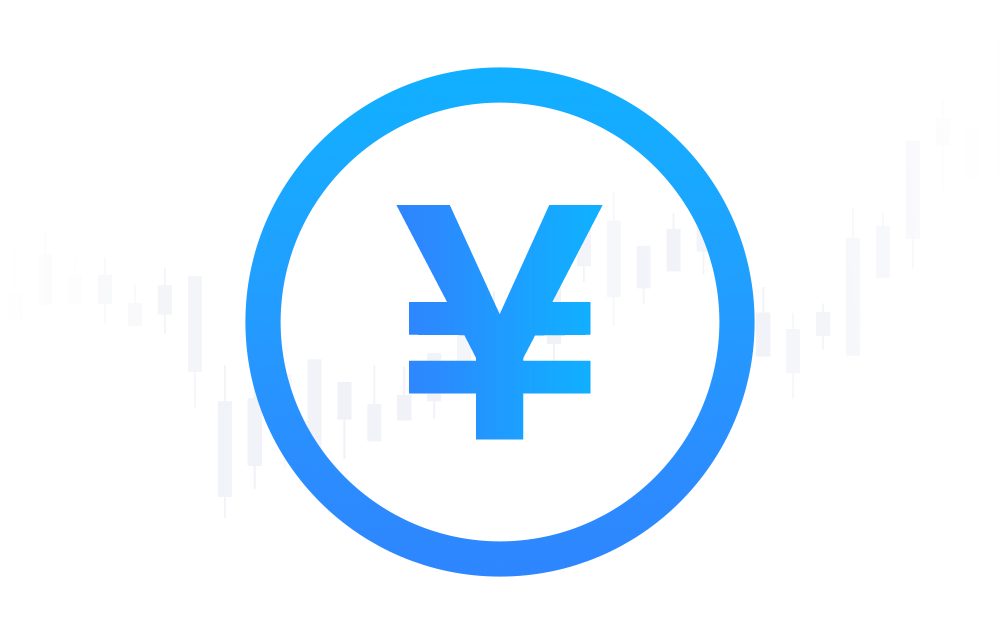
Navigating Forex Market Volatility Amid U.S. Tariff Developments
The forex market is currently experiencing significant volatility stemming from the recent announcement of new U.S. tariffs. As of April 12, 2025, the U.S. dollar index (DXY) has fallen below 100 for the first time since July 2023, reflecting a marked shift in investor sentiment. The depreciation of the dollar has prompted traders to reassess their strategies and navigate the complex dynamics of currency pairs in an uncertain economic landscape.

Market Impact
The U.S. dollar has depreciated by approximately 2.26% against the euro and 2.06% against the yen, indicative of a broader risk-off sentiment among investors. This decline shows that market participants are increasingly favoring safer currencies, with the euro surging past 1.1070 and the yen appreciating to 145.50.
According to recent data from MarketWatch, the volatility in currency pairs is primarily driven by the uncertainty surrounding U.S. tariff policies. As investors react to tariff announcements, we observe a pattern where the dollar weakens while currencies perceived as safer tend to strengthen.
Analysis of Major Currency Pairs
EUR/USD
The euro's strength against the dollar signals a potential bullish trend. Traders are advised to closely monitor economic indicators from the Eurozone, as any positive data may further strengthen the euro's position. The European Central Bank's forthcoming policy decisions will also play a critical role in shaping this currency pair’s direction.
USD/JPY
The yen's appreciation against the dollar highlights a flight to safety, which could persist if geopolitical tensions escalate. With tensions around U.S. trade policies and international relations remaining high, the yen may continue to attract investors seeking stable havens.

Strategic Recommendations
In the face of ongoing market volatility, traders are encouraged to diversify their portfolios and utilize technical analysis to navigate these shifts effectively. Key strategies may include:
Hedging
Investors should consider hedging against potential losses in the dollar by taking positions in stronger currencies. For instance, buying euros or yen during periods of dollar weakness can protect against adverse fluctuations.
Technical Analysis
Employing technical analysis tools, including chart patterns and indicators, is crucial for identifying entry and exit points in volatile market conditions. Resources such as Forex Factory can provide valuable market insights and economic calendars to help traders anticipate market-moving events.
Conclusion
As the forex market reacts to ongoing tariff developments, traders must remain adaptable and informed. Continuous monitoring of economic indicators and geopolitical events will be crucial for successful trading in this dynamic environment. The increasing volatility underscores the need for effective risk management strategies and a proactive approach to trading.
Investors are reminded to stay abreast of market trends and employ sound trading practices, particularly in times of uncertainty. The current market conditions present both challenges and opportunities, making it imperative for traders to refine their strategies and remain vigilant.

Keywords
Forex, U.S. Dollar, Euro, Yen, Tariffs, Market Volatility, Trading Strategies
For further insights and detailed analysis, traders can refer to resources like Forex.com and MarketWatch.

As the global economic landscape continues to evolve, the forex market will undoubtedly reflect these changes, making it essential for traders to engage with the market dynamically and strategically.